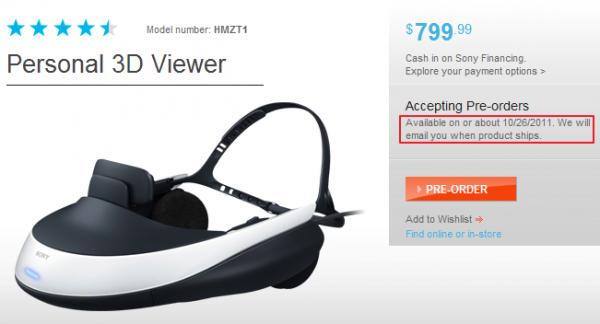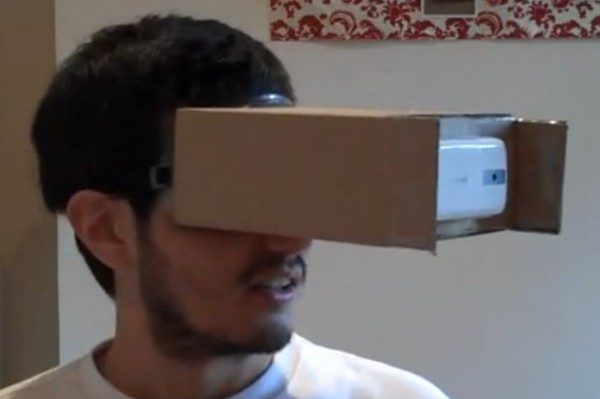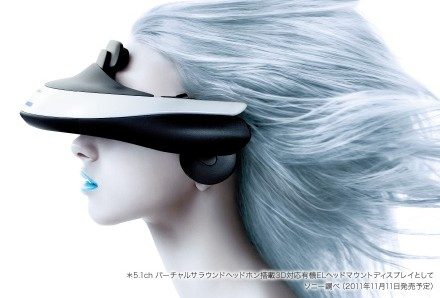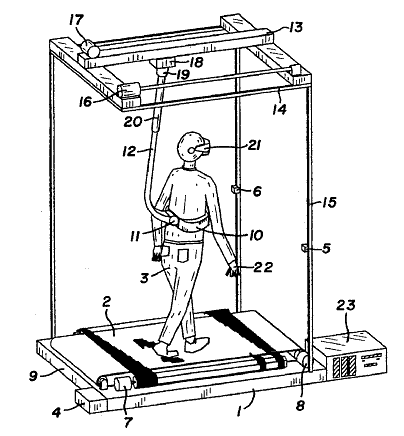 Today begins my journey cataloging the Road to Virtual Reality. I actually started a very similar blog 2 or 3 years ago, but it quickly faded away because we were still far from anything that could be considered mainstream virtual reality. Today I fire up the blog again because I have a personal interest in virtual reality and the implications it will have.
Today begins my journey cataloging the Road to Virtual Reality. I actually started a very similar blog 2 or 3 years ago, but it quickly faded away because we were still far from anything that could be considered mainstream virtual reality. Today I fire up the blog again because I have a personal interest in virtual reality and the implications it will have.
The time feels right now to start tracking the journey to virtual reality as a number of important technologies are being developed and starting to hit the main stream. These technologies, that are being deployed or are in development, are all stepping stones toward virtual reality. Eventually I see these technologies coalescing into what will be known as virtual reality. A few of these technologies are as follows: motion gaming (Wii/Wii Plus, Xbox Kinect, Playstation Move, etc.), voice control (Apple’s Siri, Android Voice Actions, etc.), and AR gaming (augmented reality) which is found on sensor-rich devices like smartphones and tablets.
We’ve got the technology to make pseudo virtual reality today, and you can actually find examples of it all over the place; it just hasn’t hit the mainstream yet.
It should be apparent from the list I made above, but the first place that we’re likely to see mainstream interactive virtual reality is in video games, and something that we haven’t quite seen yet… interactive movies. These are obvious places because the experience that the creators of games or movies are attempting to convey will see vastly increased immersiveness and richness of the medium if they are able to connect to the audience at a level that is far beyond what we see today.
The idea of ‘suspension of disbelief’ is thrown around a lot when we’re talking about immersion in a medium. In games and movies, suspending your disbelief is necessary to get into the world that is being shown to you. The promise of ‘true’ virtual reality is that we won’t have to suspend our disbelief… we’ll be nearly convinced that what we’re seeing, hearing, feeling, is real — with only the idea that the world we’re perceiving isn’t real to keep us from fully believing. And yes, this does have implications, for better or for worse, about the nature of reality and virtual reality. You’ll find some people who think virtual reality is the devil because it might take people away from the ‘real’ world. You’ll find others who embrace living in a virtual world because it holds the promise of utopia for all. But that’s all a long way off!
For the time being, virtual reality will not be ‘true’ VR, but rather a tool to enhance immersiveness and interactive experience.
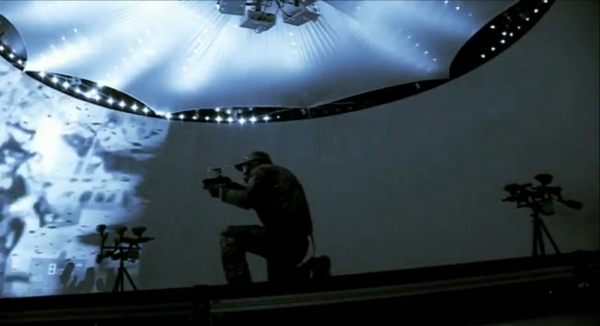 Battlefield 3 is set to be one of the biggest games of the 2011 season thanks to its impressively life-like graphics and sound-design. I can tell you from experience, the Battlefield games have had some of the best sound design in the industry. Hooked up to the appropriate audio setup, you will feel like you’ve got your feet on the ground in the midst of an actual battle. Terrifying, and incredibly fun, but virtual reality it is not.
Battlefield 3 is set to be one of the biggest games of the 2011 season thanks to its impressively life-like graphics and sound-design. I can tell you from experience, the Battlefield games have had some of the best sound design in the industry. Hooked up to the appropriate audio setup, you will feel like you’ve got your feet on the ground in the midst of an actual battle. Terrifying, and incredibly fun, but virtual reality it is not.


